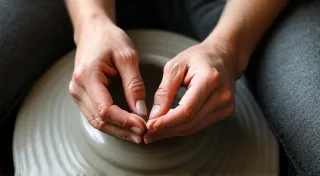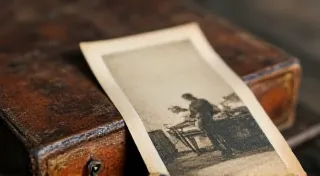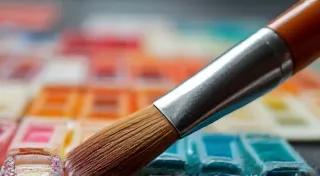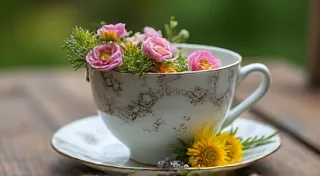Chromatic Cartography: Mapping the Evolution of Musical Scales Across Regions
Music, at its heart, is a form of communication—a language spoken without words, yet understood universally. But the dialects within that language are extraordinarily diverse. What we perceive as “music” is profoundly shaped by the region it springs from, by the instruments crafted by local hands, and by the unique ways those instruments have contributed to the development of distinct musical scales and systems. This isn’t simply about different melodies; it's about the very architecture of how music is conceived and experienced. It's about the musical DNA of cultures.
My fascination with this concept began years ago, rummaging through the dusty attic of my grandfather’s house. Amidst forgotten family heirlooms, I stumbled upon an antique accordion. It wasn't particularly ornate, no gleaming mother-of-pearl, just simple wood and bellows, scarred by time and use. But as my grandfather showed me how to coax a tune from it – a melancholic waltz, I later learned it was a traditional folk song from the Carpathian Mountains – I realized I was holding more than just an instrument; I was holding a key to a cultural history, a testament to the ingenuity of countless artisans and the resilience of a musical tradition.
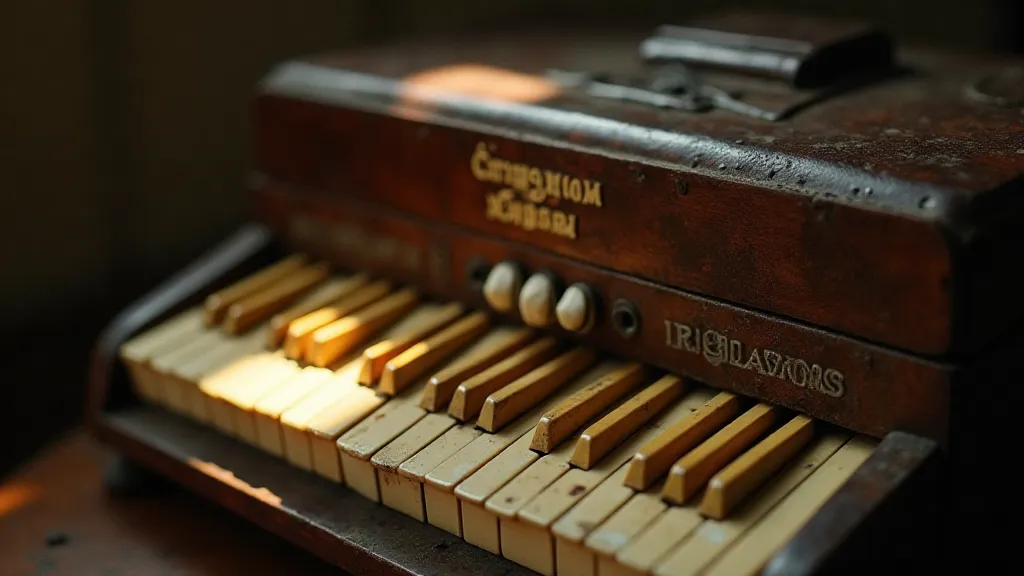
The Accordion's Journey: A Case Study in Chromatic Adaptation
The accordion, itself a relatively “modern” instrument (its invention is generally credited to Cyrillus Demian in the 1820s), provides a remarkable case study. Born from a desire to combine the free-reed organ with a portable bellows system, it quickly spread throughout Europe, undergoing significant regional adaptations. Initially, early accordions were largely diatonic – meaning they primarily produced notes within a specific key, making playing in other keys cumbersome. However, as musicians sought greater versatility, chromatic accordions began to emerge, with buttons added to allow the performance of all twelve notes of the Western chromatic scale. This wasn't merely about adding buttons; it was about reshaping the instrument's very design and the way it was played. Different regions prioritized different configurations – some favored a button arrangement optimized for dance music, others for classical performance, reflecting the unique musical landscape of their locale.
Consider the Italian “pianetta,” a smaller, more delicate accordion often used in traditional folk music. Its scale and temperament, subtly different from the standardized Western scale, lend a distinctive flavor to the melodies played upon it. Similarly, in Eastern Europe, the bayan – essentially a chromatic button accordion – evolved a complex fingering system perfectly suited for the intricate melodies and harmonies of Slavic folk music. These aren't simply variations on a theme; they are independent branches of the same musical family, each with its own unique characteristics and evolutionary history.
Beyond the West: Exploring Non-Western Scales
The story becomes even richer when we move beyond the familiar landscape of Western musical traditions. Many cultures have developed entirely unique scale systems, often based on intervals and tunings that bear little resemblance to the Western major and minor scales. In Indian classical music, the raga system dictates not just the notes used, but also the melodic contours, ornamentation, and overall emotional character of a composition. The instruments used—the sitar, the tabla, the sarangi—are intrinsically linked to this system, their construction and tuning perfectly adapted to the nuances of each raga.
Similarly, in Japanese traditional music, the pentatonic scale – a five-note scale – is prevalent. Instruments like the koto and the shakuhachi are tuned to this scale, and the subtle microtonal inflections used by performers add another layer of complexity and beauty. The *Inka*, an ancient Andean flute made of bone or clay, reflects the modal system of the Incan people. The very materials used to craft these instruments – wood, bone, clay – speak volumes about the relationship between culture, environment, and musical expression. The limitations imposed by these materials often spurred innovation, leading to the development of unique playing techniques and sonic textures.
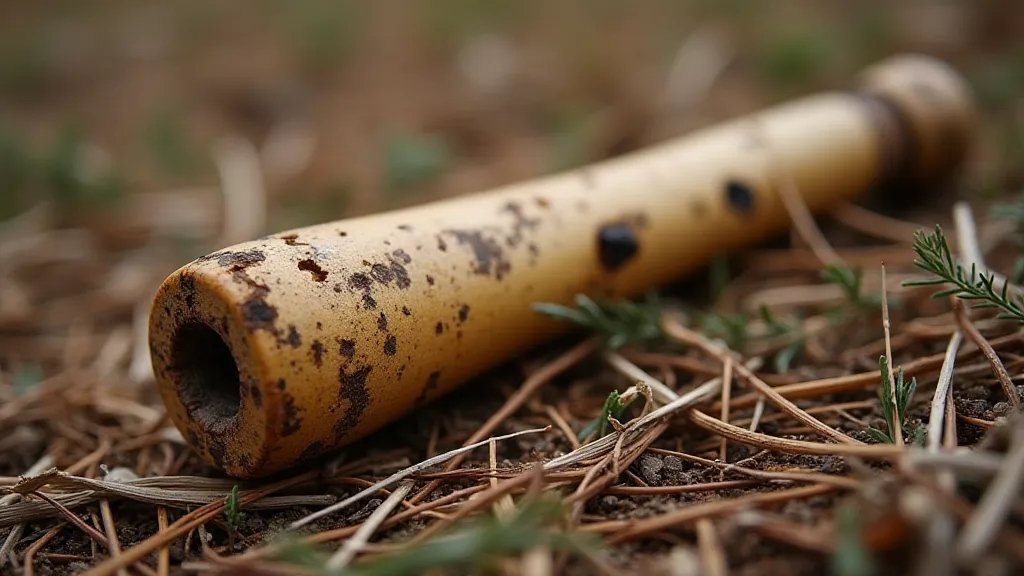
The Interplay of Craftsmanship and Musical Innovation
It's crucial to recognize that the evolution of musical scales is inextricably linked to the craftsmanship of the instruments themselves. Instrument makers are not simply builders; they are innovators, constantly experimenting with materials, construction techniques, and tuning systems. A slight alteration in the length of a string, the shape of a resonating chamber, or the thickness of a reed can profoundly impact the instrument's sound and its suitability for particular musical styles. The best instrument makers work in close collaboration with musicians, listening to their needs and incorporating their feedback into their designs.
Consider the luthiers of Cremona, Italy, renowned for their exquisite violins. Their techniques, passed down through generations, have been refined over centuries, resulting in instruments of unparalleled beauty and sonic richness. But these techniques were not born in a vacuum; they were shaped by the musical demands of the time – the growing popularity of the violin concerto, the desire for greater expressive power, the evolving aesthetics of the Baroque and Classical periods. The luthiers of Cremona understood that their craft was not just about creating beautiful objects; it was about contributing to the evolution of music itself.
Preserving a Legacy: Restoration and Appreciation
As antique instruments age, they often require restoration to preserve their integrity and usability. Restoring an antique accordion, for example, is a delicate process that requires specialized skills and a deep understanding of the instrument’s construction. It's not simply about replacing broken parts; it's about respecting the instrument's history and preserving its original character. A skilled restorer will strive to replace missing parts with materials that are as close as possible to the originals, and will avoid making irreversible modifications.
Collecting antique instruments can be a rewarding pursuit, offering a unique window into the cultural and musical history of different regions. But it’s not just about acquiring beautiful objects; it's about appreciating the artistry and ingenuity of the people who created them. Each instrument has a story to tell, a legacy to preserve. Listening to an antique accordion play a traditional waltz or witnessing a skilled musician perform on a Japanese *koto* is more than just an aesthetic experience; it's a connection to the past, a celebration of cultural diversity, and a testament to the enduring power of music.
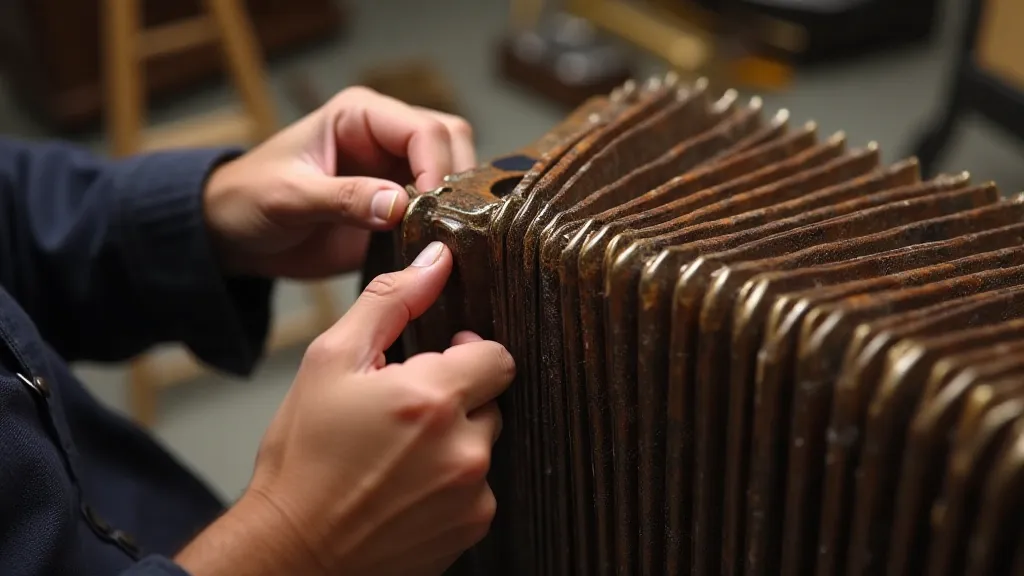
The evolution of musical scales is an ongoing process, shaped by the interplay of culture, craftsmanship, and innovation. By appreciating the unique musical traditions of different regions, and by preserving the instruments that embody those traditions, we can ensure that these vibrant expressions of human creativity continue to inspire and enrich our lives for generations to come.
